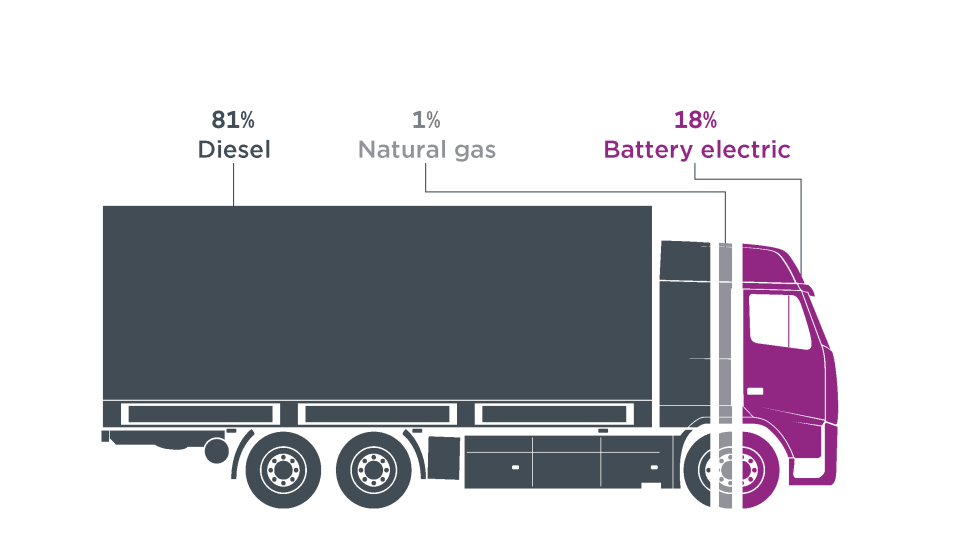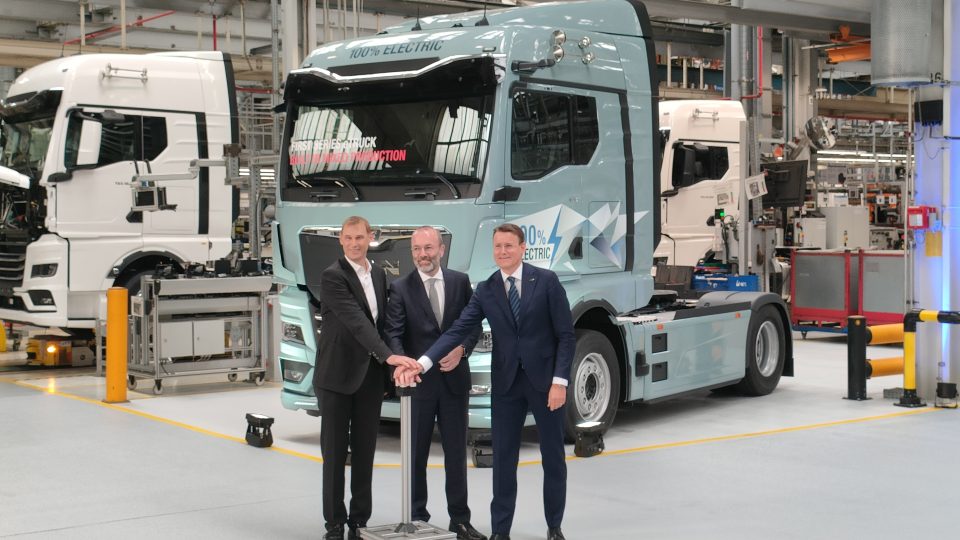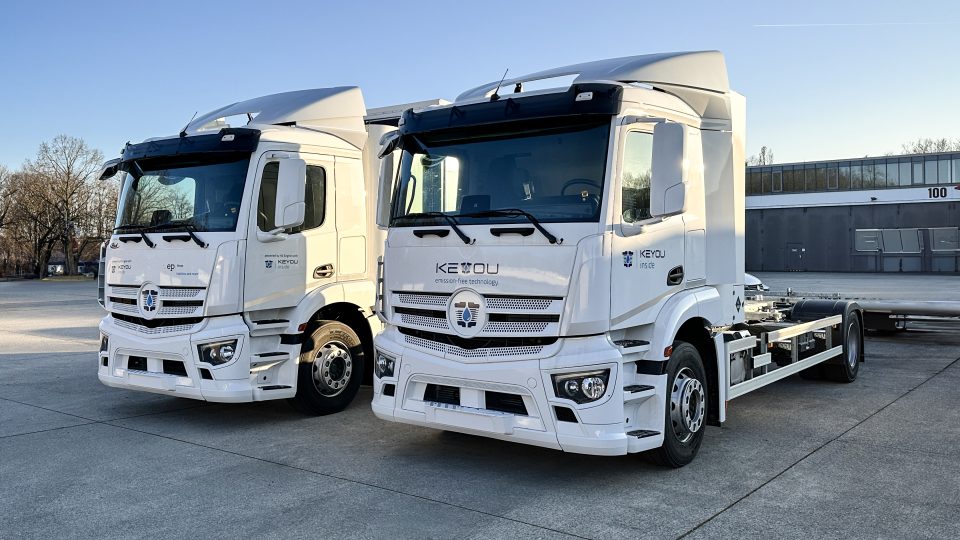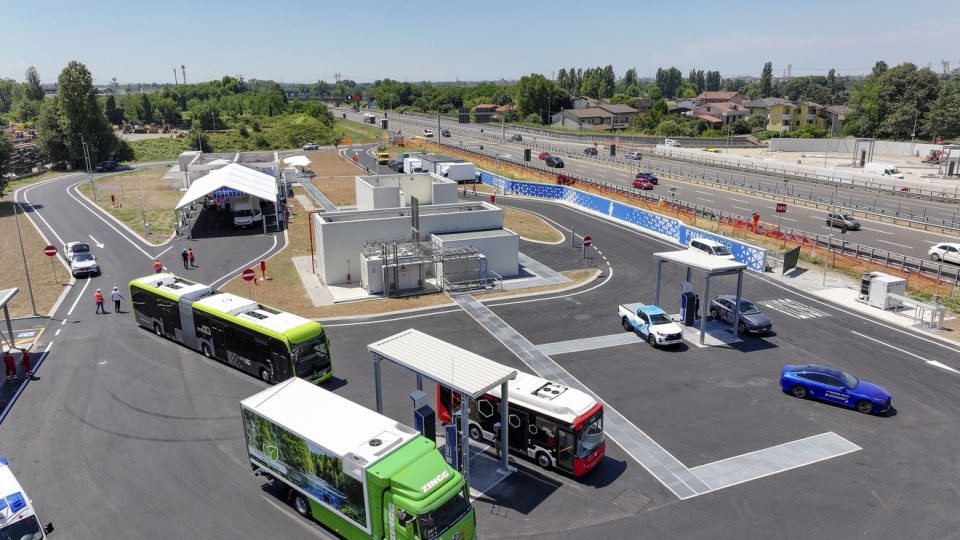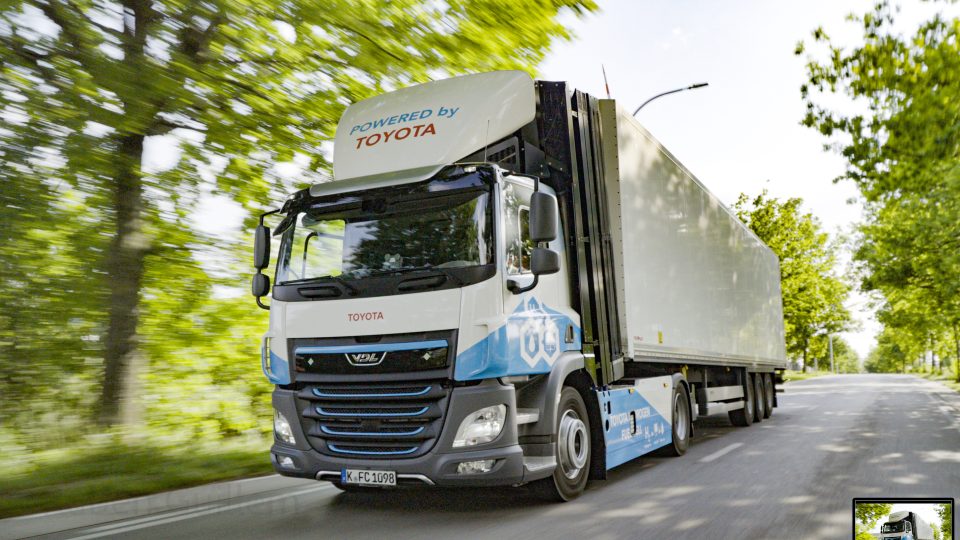New generation hydrogen storage, SAG tests LH2 cryogenic tanks for trucks
The development is already so far advanced that prototyping will start in a few months and test phases will begin. Based on the results obtained, the LH2 cryotank made by SAG will go into series production from 2027 and will make a valuable contribution to CO2 reduction in the transport sector.
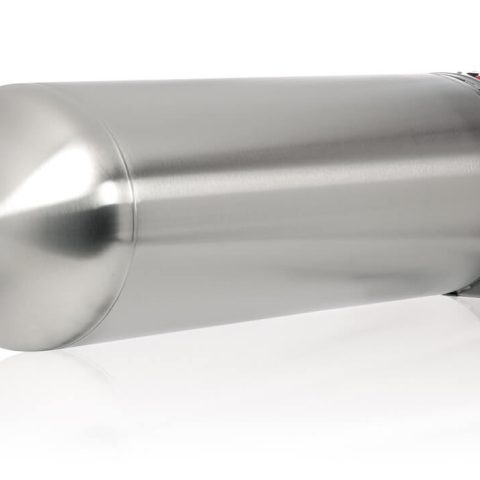
The Salzburg Aluminium Group (SAG) has developed LH2 cryogenic tanks for trucks. The Austrian company has gained quite a long experience in the field of cryo-tank solutions for LNG-powered trucks; this is the background that led to the creation of the first line of tanks conceived for hydrogen storage on trucks. In this particular case, SAG’s engineers had to face an additional challenge, that is to say the extremely low temperature of minus 250 degrees Celsius at which liquid hydrogen must be stored. This and also the requirements for size and weight of the tank system require technical excellence.
SAG LH2 cryogenic tanks: series production from 2027
The development is already so far advanced that prototyping will start in a few months and test phases will begin. Based on the results obtained, the LH2 cryotank made by SAG will go into series production from 2027 and will make a valuable contribution to CO2 reduction in the transport sector. During the conversion of hydrogen and oxygen into electrical energy, which takes place by means of a fuel cell, only water and heat are produced as ‘by-products’. Since only a relatively short range can be achieved in truck transport with compressed gaseous hydrogen, OEMs are very interested in tank solutions for liquid hydrogen.
There is great interest in a future-oriented storage solution for liquid hydrogen. We can make full use of our know-how in the cryo tank sector, which we bring with us from LNG tank production, and open up a new business field that holds great potential for the future
Karin Exner-Wöhrer, SAG CEO
With the cryo-tank solution developed by SAG, it will be possible to achieve around twice the range of gaseous H2 in the future. Trucks equipped with two liquid hydrogen tanks of maximum size registered in Europe should be able to cover up to 1000 kilometers after a full tank. The decisive factor here is the high energy density of the LH2, with which such long ranges can be achieved.
Low space requirements
«The low space requirement of the LH2 tank systems which we have developed enables a high transport volume and causes an extremely low payload loss. As a prototype for the LH2 tank system, a double-walled, vacuum-insulated stainless steel tank is being developed. It offers the highest possible hydrogen capacity in the existing installation space. A unique valve system designed for the extremely low temperatures will enable safe refuelling and reliable supply of hydrogen to the fuel cell», says Johannes Winklhofer, head of SAG’s R&D department.




